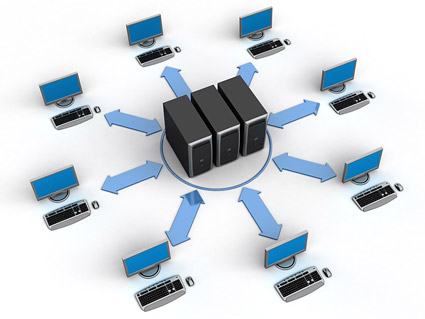
RemoteFX works with Microsoft's Remote Desktop Services (formerly known as "Terminal Services") and uses intellectual property that Microsoft acquired with it bought Callista Technologies in 2008. Microsoft doesn't recommend disabling ASLR and claims that using it does not slow VDI performance to a significant degree. ASLR protects against malware-induced memory buffer attacks by loading DLL files into random memory on boot-up, making the APIs harder for malware to find. A Microsoft virtualization blog points to VMware, accusing the company of recommending disabling a Windows security feature called "Address Space Layout Randomization" (ASLR) as a best practice in VDI deployments. In a slam thrown in VMware's direction, Microsoft claims that dynamic memory can be used to boost VDI scenarios without compromising security.


The company's tests used Windows 7 as the guest operating system. Microsoft claims that dynamic memory use can boost VDI density by 40 percent on Windows Server 2008 R2 SP1 compared with Windows Server 2008. The RemoteFX capability supports an improved graphics experience on thin-client devices when users connect remotely with servers in virtual desktop infrastructure (VDI) scenarios. However, for Windows Server 2008 R2 users, SP1 contains two new virtualization features: "dynamic memory" for Hyper-V and "RemoteFX" for Remote Desktop Services.ĭynamic memory allows operators to pool the memory available on hardware and allocate it to virtual machines as needed. Windows 7 users won't see any new features from this service pack, which contains cumulative updates to the desktop operating system. 22, according to an announcement on the Microsoft Server Division blog. It will be generally available via the Microsoft Download Center and Windows Update on Feb. The service pack will be available to Microsoft's TechNet and MSDN subscribers, as well as to Microsoft volume licensing customers, on Feb. SP1 has essentially hit the "RTM" milestone, in Microsoft's parlance, which is the time when hardware manufacturers start creating images of the software for their server products.

On Wednesday Microsoft released Service Pack 1 (SP1) for Windows 7 and Windows Server 2008 R2 to its equipment manufacturing partners. News SP1 Hits RTM Status for Windows 7 and Windows Server 2008 R2


 0 kommentar(er)
0 kommentar(er)
